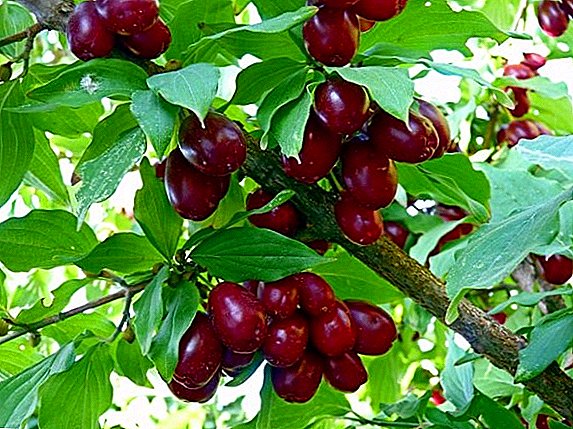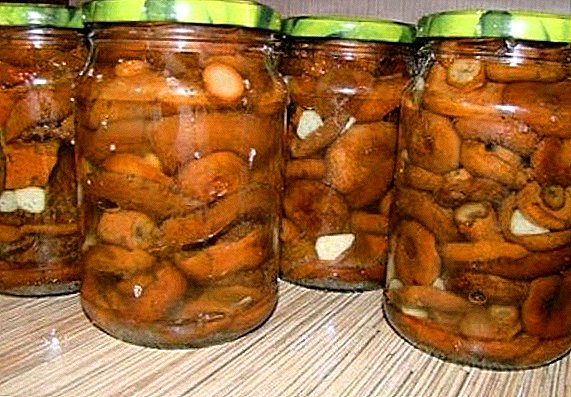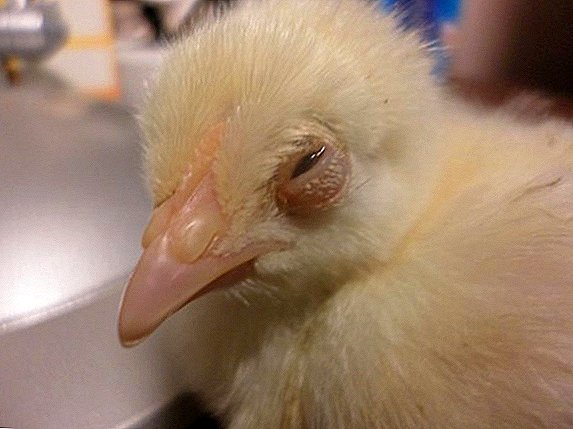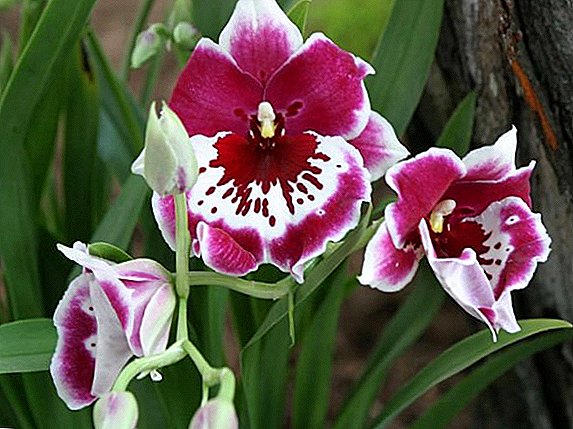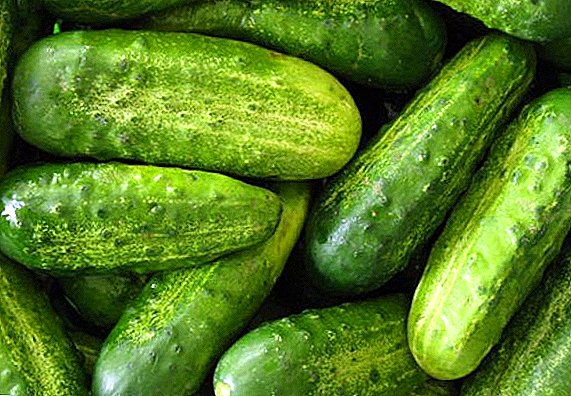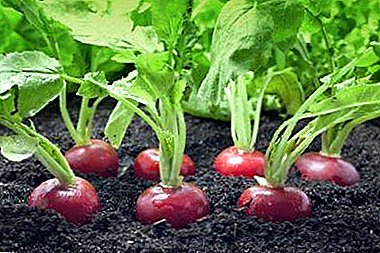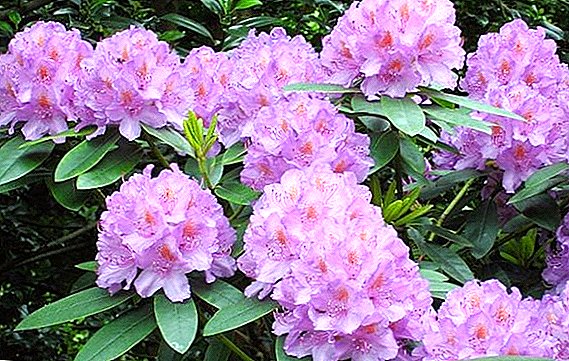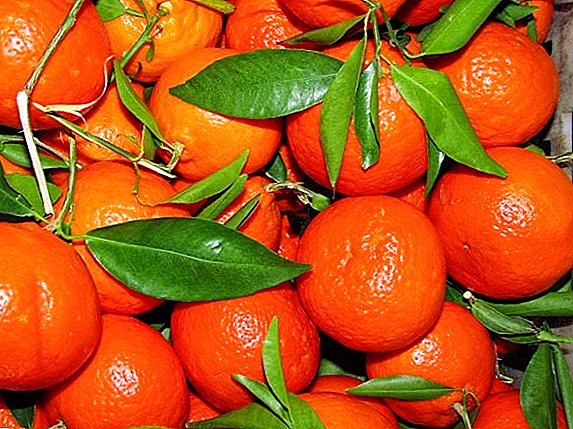 Citrus Diseases, which include mandarin, to some extent specific, and in some way characteristic of many fruit plants. In most cases, tangerine tree diseases are caused by microorganisms: mycoplasmas, viruses, bacteria, fungi. The result of their actions are various defects on the tree and fruits: growths, ulcers, rot, blotchiness, and so on. They can penetrate inside the plant through the stomata of the leaf, into the wounds formed by mechanical damage, through insects, wind, by spraying or watering. The difficulty is that not all measures to combat mandarin diseases are effective, and in some cases even useless. Below we dwell on the most characteristic diseases and ways to combat them.
Citrus Diseases, which include mandarin, to some extent specific, and in some way characteristic of many fruit plants. In most cases, tangerine tree diseases are caused by microorganisms: mycoplasmas, viruses, bacteria, fungi. The result of their actions are various defects on the tree and fruits: growths, ulcers, rot, blotchiness, and so on. They can penetrate inside the plant through the stomata of the leaf, into the wounds formed by mechanical damage, through insects, wind, by spraying or watering. The difficulty is that not all measures to combat mandarin diseases are effective, and in some cases even useless. Below we dwell on the most characteristic diseases and ways to combat them.
Anthracnose
 The disease is caused by the pathogenic fungus Colletotrichum glocosponoides Penz, which develops in a moist environment and settles on fruits, leaves, and branches of a plant. Infected leaves are first covered with pale green spots that darken over time. If the infection has occurred during the rainy season, the spots may be dark brown. Black dots appear on the tips of the shoots. The branches become completely brown, then light gray, covered with a lot of swellings and die. Affected flowers become covered with reddish spots and fall off. Small dark spots appear on the fruits around the pedicels, which spread and hurt the skin. It acquires a dark brown color, softens. On the fruit of the disease can occur during storage. They have an unpleasant smell and a bitter-sour taste.
The disease is caused by the pathogenic fungus Colletotrichum glocosponoides Penz, which develops in a moist environment and settles on fruits, leaves, and branches of a plant. Infected leaves are first covered with pale green spots that darken over time. If the infection has occurred during the rainy season, the spots may be dark brown. Black dots appear on the tips of the shoots. The branches become completely brown, then light gray, covered with a lot of swellings and die. Affected flowers become covered with reddish spots and fall off. Small dark spots appear on the fruits around the pedicels, which spread and hurt the skin. It acquires a dark brown color, softens. On the fruit of the disease can occur during storage. They have an unpleasant smell and a bitter-sour taste.
This fungal disease mandarin occurs with high humidity and improper care. In order to combat it, the affected shoots are trimmed and special fungicides are sprayed according to the instructions. It is recommended to use the bio-fungicide "Fitosporin", since it is non-toxic. It is added to the water for irrigation as well as the prevention of fungal diseases. For prevention, gardeners recommend spraying tangerines with a solution of Bordeaux liquid (1%) two to three times per season.
Did you know? Mandarin in its natural environment grows to 70 years, increasing yields every year. Up to 800 fruits can be removed from one tree per season.
Wartiness
 Another disease caused by the fungus that affects the entire plant. It appears first with small yellow transparent spots on the leaves, which then transform into pinkish-gray warts. The growths that appeared on the young shoots increase and turn into an impressive build-up, which leads to the death of the branch. When the fruit is infected, orange spots grow on them, which, as they grow, acquire brown shades. At the same time the existing ovary fall. The condition for the spread of the disease is high humidity and air temperature. The fight against the disease is to remove the damaged parts of the plant that it is desirable to burn, so that spores do not spread in the environment. The plant is sprayed with a solution of Bordeaux liquids (1%): in March, in June (after flowering) and in July.
Another disease caused by the fungus that affects the entire plant. It appears first with small yellow transparent spots on the leaves, which then transform into pinkish-gray warts. The growths that appeared on the young shoots increase and turn into an impressive build-up, which leads to the death of the branch. When the fruit is infected, orange spots grow on them, which, as they grow, acquire brown shades. At the same time the existing ovary fall. The condition for the spread of the disease is high humidity and air temperature. The fight against the disease is to remove the damaged parts of the plant that it is desirable to burn, so that spores do not spread in the environment. The plant is sprayed with a solution of Bordeaux liquids (1%): in March, in June (after flowering) and in July.
Citrus gommoz
 The disease, the causative agent of which is the fungus Pythiacystis citrophthora R.E.Sm, manifests itself in the form of protruding longitudinal drops of gum on the bark of a tree. In general, the infection affects the bark of the trunks and the main roots of the tree, without penetrating into their other layers. Over time, the bark is separated from the rest of the stem or root. If this happens along its circumference, a branch, root, or the whole stem perishes, because the circulation of the sap is disturbed. The fungus can appear on the fruit, causing brown rot.
The disease, the causative agent of which is the fungus Pythiacystis citrophthora R.E.Sm, manifests itself in the form of protruding longitudinal drops of gum on the bark of a tree. In general, the infection affects the bark of the trunks and the main roots of the tree, without penetrating into their other layers. Over time, the bark is separated from the rest of the stem or root. If this happens along its circumference, a branch, root, or the whole stem perishes, because the circulation of the sap is disturbed. The fungus can appear on the fruit, causing brown rot.
Important! The fatal consequences of this disease affect the leaves only a few weeks later, or even months after the branch or trunk has died.
Before treating a tangerine tree, it is necessary to eliminate the causes that caused the disease.
Among them may be:
- lack of potassium and phosphorus with an excess of nitrogen in the soil. In this case, the proportion of nitrogen and organic fertilizers is reduced;
- no drainage under the root system of the tree. Watering is completely stopped for a couple of days, and then renewed carefully and with great restriction;
- planting too deep;
- mechanical damage, due to which wounds appeared, where the infection got.
In addition to the measures described above, the following should be carried out. Clean the wound and sanitize it with a solution of blue vitriol (3%). To do this, 30 g of the agent and 200 g of hydrated (or 100 g of quicklime) lime are dissolved in a liter of water. After that, the wound is treated with a garden pitch. The procedure is repeated until the signs of the disease disappear. If this is not achieved, the plant is uprooted and burned.
Citrus Cancer
A disease caused by bacteria that infect the leaves and fruits of a tree. Manifested in the form of bright dark brown spots. Citrus cancer is not treated. The plant must be removed from the soil and destroyed.
Important! It is possible to find out exactly which pathogen caused by one or another disease only in the laboratory. Many symptoms of disease, caused by both fungi and bacteria, are very similar to each other. Sometimes, however, brown pustules can be discerned on infected surfaces, black spots or gray patches are fungal spores. When infected with mycoplasmas and viruses, the shape of flowers, leaves, and shoots changes. A mosaic pattern appears on them, stems are panicking, dwarfism. In this case, fungal and bacterial diseases are treated with fungicides, and mycoplasmic and viral treatments are not amenable, the plant has to be destroyed.
Late blight
Most often, this fungal disease affects the tangerine trees that were previously grafted on an orange. Often manifested in young seedlings, which are girdled with a brown oily spot. Usually, the damaged area is cleaned and treated with copper sulphate or a similar agent with a higher degree of action. It is recommended to dig up the plant and check whether the roots are damaged by the disease. If the inspection gives a positive result, the tree must be destroyed.
Root rot
 It is difficult to find it, because the roots of the plant are affected. The disease usually appears outwardly in an already advanced stage, when the mandarin leaves fall massively. How to reanimate the room tangerine in this case? Dig a plant and inspect the roots. If damaged areas are found, they are removed with a sharp disinfected instrument. All roots are treated with a rooting stimulator, and the plant is transplanted into fresh, clean soil. Then the pot with mandarin should be put in the greenhouse or regularly wipe the leaves with a damp cloth, avoiding abundant watering. Give the plant a good light.
It is difficult to find it, because the roots of the plant are affected. The disease usually appears outwardly in an already advanced stage, when the mandarin leaves fall massively. How to reanimate the room tangerine in this case? Dig a plant and inspect the roots. If damaged areas are found, they are removed with a sharp disinfected instrument. All roots are treated with a rooting stimulator, and the plant is transplanted into fresh, clean soil. Then the pot with mandarin should be put in the greenhouse or regularly wipe the leaves with a damp cloth, avoiding abundant watering. Give the plant a good light.
Important! In most cases, the leaves of a mandarin fall not because of illness, but from improper care. In fact, this is how a plant responds to stressful factors: lack of light, excessive moisture in the soil, low temperatures, and so on. At the same time, an adult plant that is at least three years old may die. Causal abundant leaf fall can be a depletion of mandarin, when it was not sent to rest in the winter. From late October to early March, it is recommended to put a pot with tangerine for 12 hours every day in a cool place (14 - 16 °C) with a 20-40 watt fluorescent lamp.
Tristeza
 The cause of the disease is the virus of the same name, which affects the entire plant. As a rule, trees over 5 years old become its victims. The first signs are stopping or braking further development and changing the color of the leaves. At first they fade, become slightly bronze, then they acquire a yellowish tint near the veins. At the same time, more mature leaves begin to fall off at the base of the branches. After the leaves fall, branches departing from the trunk weaken and die. Fruits also change color and fall early. If you dig up the plant, it turns out that the root system is affected very much.
The cause of the disease is the virus of the same name, which affects the entire plant. As a rule, trees over 5 years old become its victims. The first signs are stopping or braking further development and changing the color of the leaves. At first they fade, become slightly bronze, then they acquire a yellowish tint near the veins. At the same time, more mature leaves begin to fall off at the base of the branches. After the leaves fall, branches departing from the trunk weaken and die. Fruits also change color and fall early. If you dig up the plant, it turns out that the root system is affected very much.
Important! There are varieties of mandarin that are resistant to this disease. But they are also carriers of this virus, they just do not activate it.
The disease is transmitted by insects or by budding (grafting of plants). It is not treated. It is recommended to destroy the infected tree.
Xylopsorosis
A virus that can be in the plant and not develop until 10 years. Outwardly, it is very similar to homosis, as it damages the bark of the plant. But he is not treated.
Malsekko
 Infectious disease that affects plants in the open field in the spring, and indoor - from autumn to spring. The first signs of the disease are a dull leaf color. They fall from the tree, while the stalks remain on the branches. After the leaves fall, the shoots begin to dry out with a simultaneous change in the color of the bark. It becomes carrot or orange-red. Drying continues from the end of the branches to the base, and then moves to the main trunk. The disease cannot be cured. The causative agent of the disease Phoma tracheiphila Petri is spread by spores, which in rainy weather appear from the shelter and are carried by the wind or working tools.
Infectious disease that affects plants in the open field in the spring, and indoor - from autumn to spring. The first signs of the disease are a dull leaf color. They fall from the tree, while the stalks remain on the branches. After the leaves fall, the shoots begin to dry out with a simultaneous change in the color of the bark. It becomes carrot or orange-red. Drying continues from the end of the branches to the base, and then moves to the main trunk. The disease cannot be cured. The causative agent of the disease Phoma tracheiphila Petri is spread by spores, which in rainy weather appear from the shelter and are carried by the wind or working tools.
Did you know? Mandarin is considered not only dietary, but also a medical fruit. They contain a lot of potassium, mineral salts, carotene, fats, proteins, organic acids, sugar, fiber are also found. Therefore, tangerines and fresh juice from them are recommended for people with heart disease. The peel contains a lot of essential oil, so decoctions and infusions of it are recommended for intestinal disorders, nausea and other gastrointestinal diseases. Massaging the juice helps fight fungal diseases on the skin.
Diseases caused by lack of fertilizer and trace elements
Sometimes the external manifestations of plant ailments are signs of a lack of important trace elements in the soil.
Important! The smaller the pot in which the mandarin grows, the faster the soil is depleted.
So, if old leaves began to be covered with light yellow dots, then turn yellow and dim, most likely the plant lacks nitrogen. If, against the background of tarnishing of the leaf, its tip dries up, acquiring a rusty-brown hue, the mandarin requires additional phosphorus. If between the veins of the leaves began to appear recesses and folds, increase the dose of potassium. About the lack of iron, as well as zinc with manganese, says a grid of green veins on faded leaves. If the ovary began to fall off en masse, the acid-base balance of the soil is likely to be disturbed. It arises due to the deficiencies of manganese and boron. However, an overabundance of all these substances also has a bad effect on the plant. He begins to die off the edges of the leaves.
Mandarin - tender plant, prone to a variety of diseases. They are mainly caused by various fungi, less often by viruses. They can affect as part of the plant, and completely the whole tree.  If in time to detect the first signs of the disease and take appropriate measures, the mandarin can be saved. But there are diseases that can not be cured. In addition, most of them have similar symptoms. And fading, yellowing and falling leaves can only talk about the wrong care of the plant. Therefore, the treatment and care of mandarin must be approached comprehensively.
If in time to detect the first signs of the disease and take appropriate measures, the mandarin can be saved. But there are diseases that can not be cured. In addition, most of them have similar symptoms. And fading, yellowing and falling leaves can only talk about the wrong care of the plant. Therefore, the treatment and care of mandarin must be approached comprehensively.



